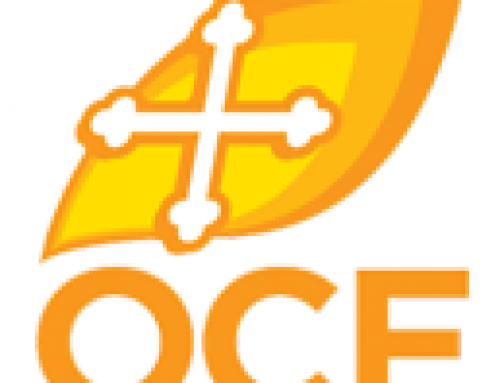This post was originally published on this site
From Pt. 1: I worry that, as FOCUS Executive Director Seraphim Danckaert writes, we are not contributing to “the most neglected facet of spiritual life and revitalization” in our ministry and parish life: loving, reverent relationships with people and communities that suffer from social injustice. And as we see our national life become more contemptuous and divided, my worry increases. What are we doing? What am I doing? Who will help the huddled masses on my Facebook feed, the countless statistics about food insecurity and families in shelters numbing and breaking my heart at the same time?
These issues are complex, and my feelings of anger and powerlessness are real. But what’s also real is this: my four-year-old has a Christmas book called “Who Is Coming to Our House.” The story describes the many preparations that the animals undertake to prepare for the holy family’s coming: stacking hay, sweeping floors, and spinning beautiful webs to decorate the cowstall where Mary gives birth. It is a sweet retelling of the Nativity narrative, and it illuminates two important things for us: what we give, no matter how small, is necessary if it’s a help to our neighbor, and in the Christmas season, we are brought to see our Lord as a fragile baby, sleeping in a cowstall, his body the same as our bodies, our vulnerability shared with him.
Christ took on flesh, not out of duty or theological principle, but out of love. St. Athanasius writes that, in Christ’s incarnation, he “did not come to make a display. He came to heal and to teach suffering men.” What is this healing? What do we need Christ to teach us?
The answers to those questions, thankfully, are simple. What is healed is our separation from God and from each other, and what we need Christ to teach us is what he has already spoken: “Truly, I say to you, as you did it to one of the least of these my brothers, you did it to me.” It is easy to see “the least of these” as abstractions, or as people suffering from issues that are distant from us. But what Carl’s story shows us is that privilege and status cannot protect us from brokenness. What happened to Carl could happen to you, or to me, for any number of reasons: poverty, anxiety, disability, a bounced check, a sudden illness, a lost job, a dying neighborhood. None of us is immune from suffering, and no single person is too far off to befriend and serve and love. As Carl says, we are all “brothers and sisters.” If we ourselves are so vulnerable, yet so connected, what does it mean for each of us to serve and love?
For me, and hopefully for you, it means giving more to the work of FOCUS North America. My financial gift, though small, can keep Carl serving food to many more people in the coming year. It can help FOCUS Detroit director Eric Shanburn hire plumbers for struggling Detroit families whose pipes have burst and whose paychecks don’t stretch far enough to cover cost. It can help the Renovation Angel project employ more at-risk youth to rehab kitchens; it can provide a Blessing Bag to a homeless neighbor on the street. But most importantly, it can connect me to FOCUS’s ongoing, life-giving work in the lives of men, women, and children whose struggles may be different than mine, but whose hearts are the same to God. If the animals in the stable could prepare a place for Christ, what more should we do when we see him in the faces of those whom FOCUS North America seeks to serve?
In this season of giving, it’s time we change the language. It’s time to see that, rather than donating, we are transforming lives and communities – and God willing, ourselves – through our financial contributions. It’s time to stop scrolling through news segments and start seeing, with clear eyes, the world that Christ came to heal. As you consider what you can give, know that me and my family are giving right alongside you, and that each dollar given is a step towards a transformed life, your own life included.
By Allison Backous Troy



